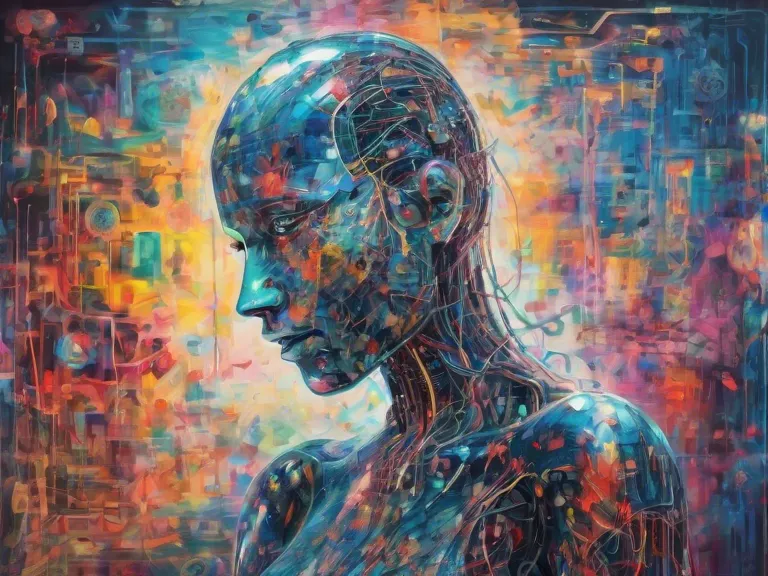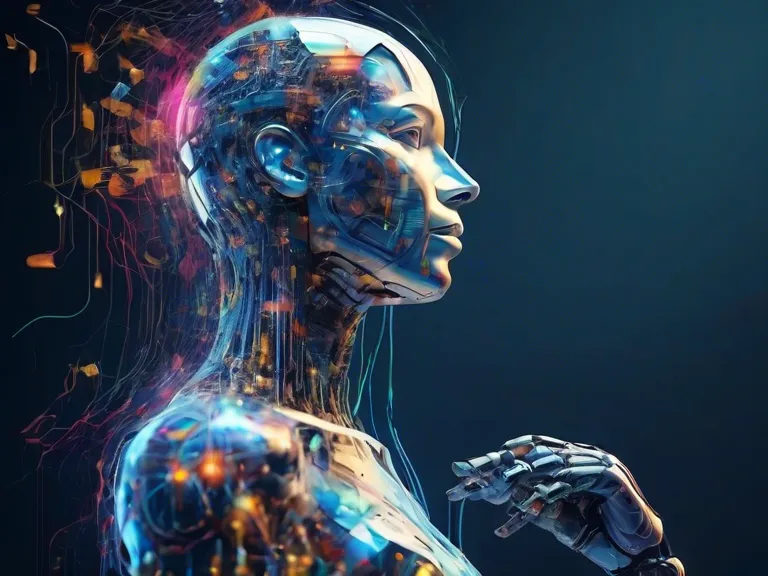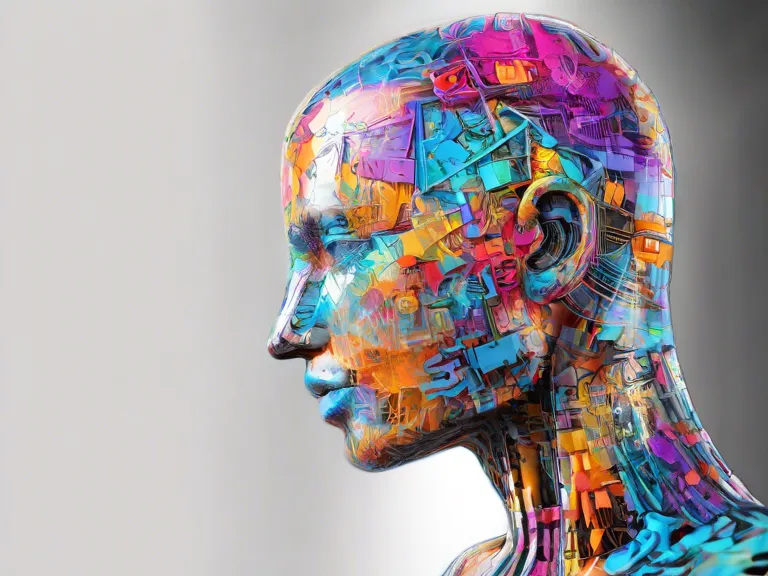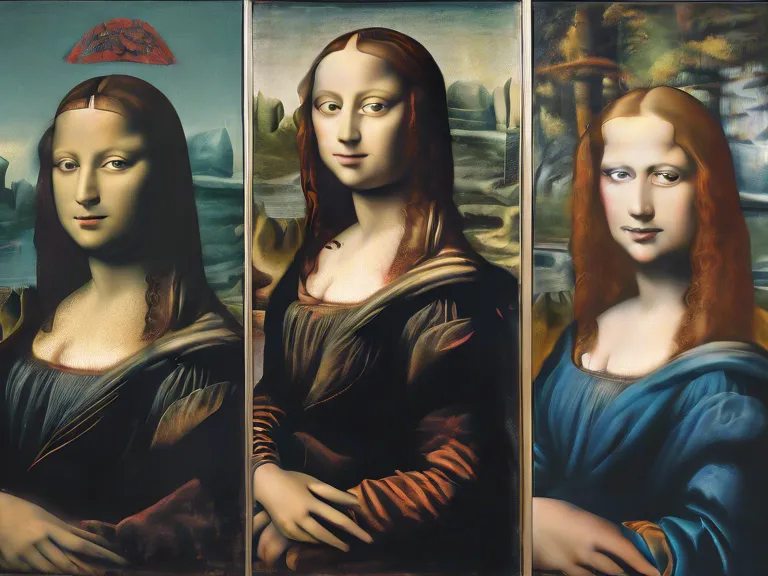
The Philosophy of AI Art: How Machine Learning is Redefining Artistic Boundaries
Artificial Intelligence (AI) has undoubtedly revolutionized many industries, and the art world is no exception. With the advancement of machine learning algorithms, AI has been increasingly used in creating art, blurring the lines between human creativity and computational intelligence. This raises intriguing questions about the nature of art and the role of artists in the age of AI.
One of the fascinating aspects of AI art is the collaboration between human artists and machines. Artists can use machine learning algorithms to generate new ideas, experiment with different styles, and push the boundaries of traditional artistic techniques. Some artists even go a step further and let the AI take complete control, resulting in artworks that are entirely generated by algorithms.
The use of AI in art challenges the conventional notion of authorship. Who is the real creator of an artwork produced by AI - the programmer who designed the algorithm, the AI system itself, or the human artist who initiated the process? This blurring of authorship raises philosophical questions about creativity, originality, and the nature of art itself.
Additionally, AI art offers a new perspective on the relationship between humans and machines. By using AI to create art, artists are exploring the potential of machines as creative collaborators rather than mere tools. This collaborative process not only expands the possibilities of artistic expression but also challenges our understanding of consciousness, emotions, and aesthetics.
As AI continues to evolve, its impact on the art world will only grow. Whether it's generating new artworks, assisting artists in their creative process, or redefining the boundaries of art, AI art is reshaping the way we perceive and create art. The philosophy of AI art invites us to reconsider what it means to be an artist, reimagining the creative process in the era of machine learning.



